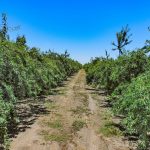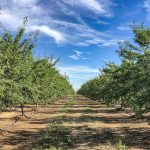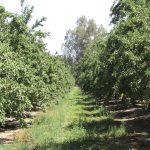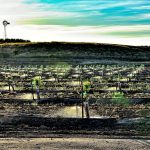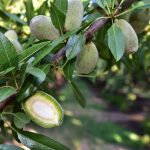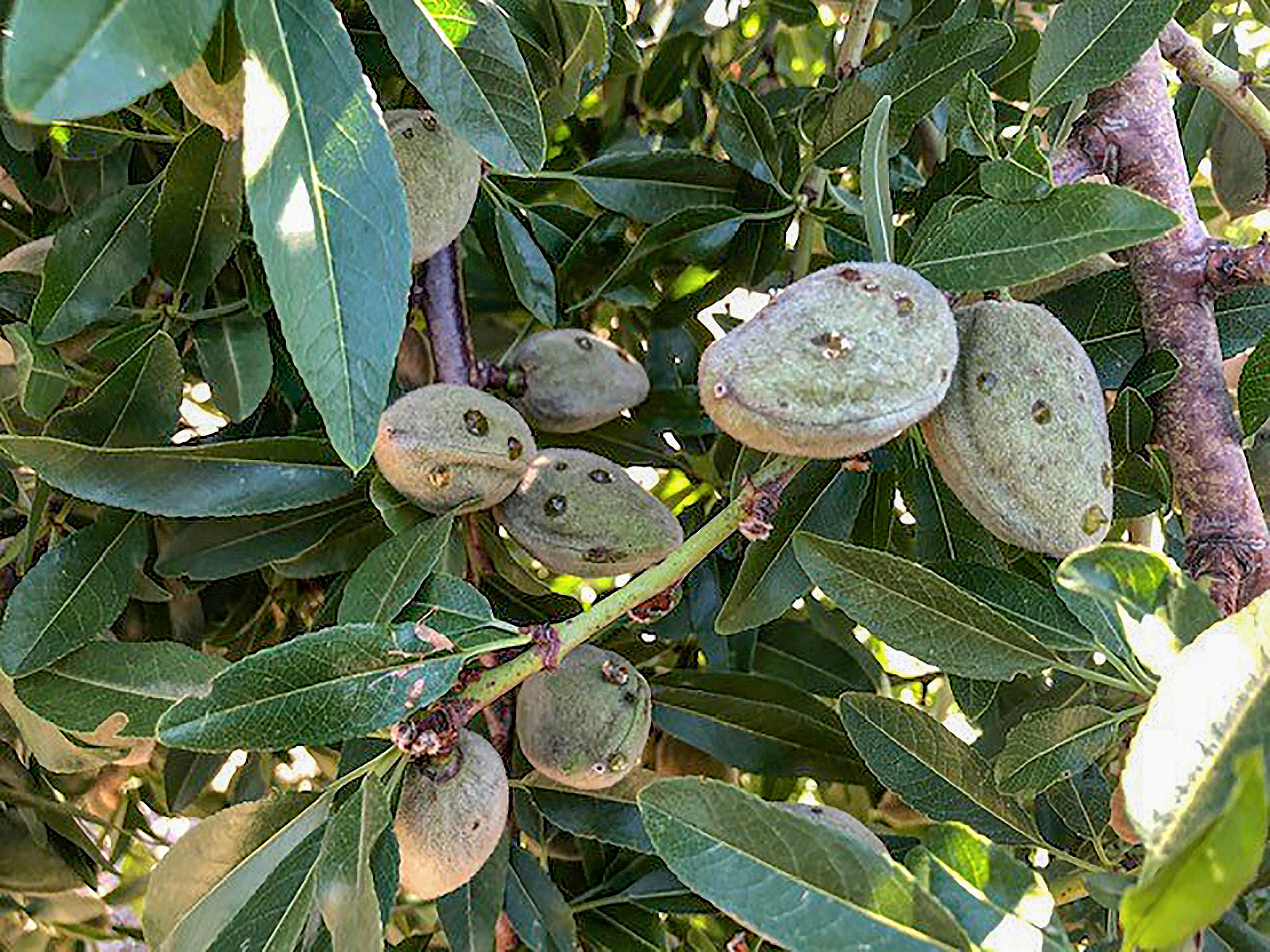
This report covers conditions and observations made between Monday, May 4 and Sunday, May 31, 2020. The next scheduled report will be posted on Monday, June 29, 2020. In the event of any significant occurrences prior to that date, this site will be updated as soon as possible.
May 2020 brought wide ranging weather conditions to Central Valley of California, with intense thunderstorms and high heat being the most memorable. Daily maximum temperatures, which were widely reported in the lower 80’s in the period’s opening days, increased into the 90’s before dropping dramatically into the low to mid 60’s at mid-month as cold unstable air flowed over the valley. Stormy conditions prevailed for two to three days, dropping as much as 1.5 inch of heavy rain and occasional hail from intense cells that roamed the valley.
While several areas of the valley reported hail, one of the most intense storm cells was reported in San Joaquin County. This cell traveled northeast from south of Manteca to several miles north of Escalon, dropping heavy rain and large hail inflicting significant damage to several orchards along the way, as may be seen in the photo accompanying this report. It must be mentioned that hail is always a locally noteworthy event that can inflict serious damage to one orchard, while leaving an adjacent orchard untouched. Following the storm system’s passage, temperatures rose steadily to as high as 103 degrees during the last week of the month, then dipped back into the lower 80’s as another unstable air mass passed over the valley, bringing more rain and hail. Morning low temperatures were relatively stable for much of the period, ranging from the upper 40’s to upper 50’s for much of the period. However, readings remained in the lower 60’s during the period’s hottest days.
Growers and observers are reporting that California’s almond orchards are at their full weight , now that the kernels have become fully solidified. Heavily laden trees can be observed in all growing areas. Growers with younger, more flexible plantings have had to trim the ends of branches, cutting crop, and excess weight from the trees in order to prevent damaging their structure.
Irrigation, fertility, and pest management continued to be prime activities during the month. Areas receiving the most rainfall were able to delay or reduce irrigations briefly, though all growers worked to support their orchard’s water requirements during the short-lived heat wave. Growers are managing their water closely in light of restricted supplies, working to reduce stress on the trees and developing crop.
With the solidification of the nuts, fertilizer applications to support the current crop have largely been completed. Observers are reporting that the rainfall has preempted growth of web spinning mites. However, most have noted that Navel Orange Worm egg traps have been mildly active in advance of the next “flight”, set to match the hull split in the last days of June or early July. Egg traps tend to provide better information for those growers employing mating confusion, which interferes with pheromone traps ability to “call” male moths. Growers have noted increasing ant activity in the orchards this year. Bait formulations targeting protein feeding ants will begin in the coming weeks aimed at protecting the crop as it lay on the ground during the harvest.
Growers will spend the next few weeks preparing for the hull split and approaching harvest. Managing the vegetation within the orchard “middles”, the area between the tree rows will begin to get more attention from growers, particularly those with full coverage irrigation. Growers strive to ensure a clean orchard floor during the harvest to maximize the efficiency of harvest equipment. This work begins well in advance of the actual harvest.
By Mel Machado
Photos By: Tim Sanchez, KC Stone, Mel Machado, Ernie Reichmuth, Matt Willson

